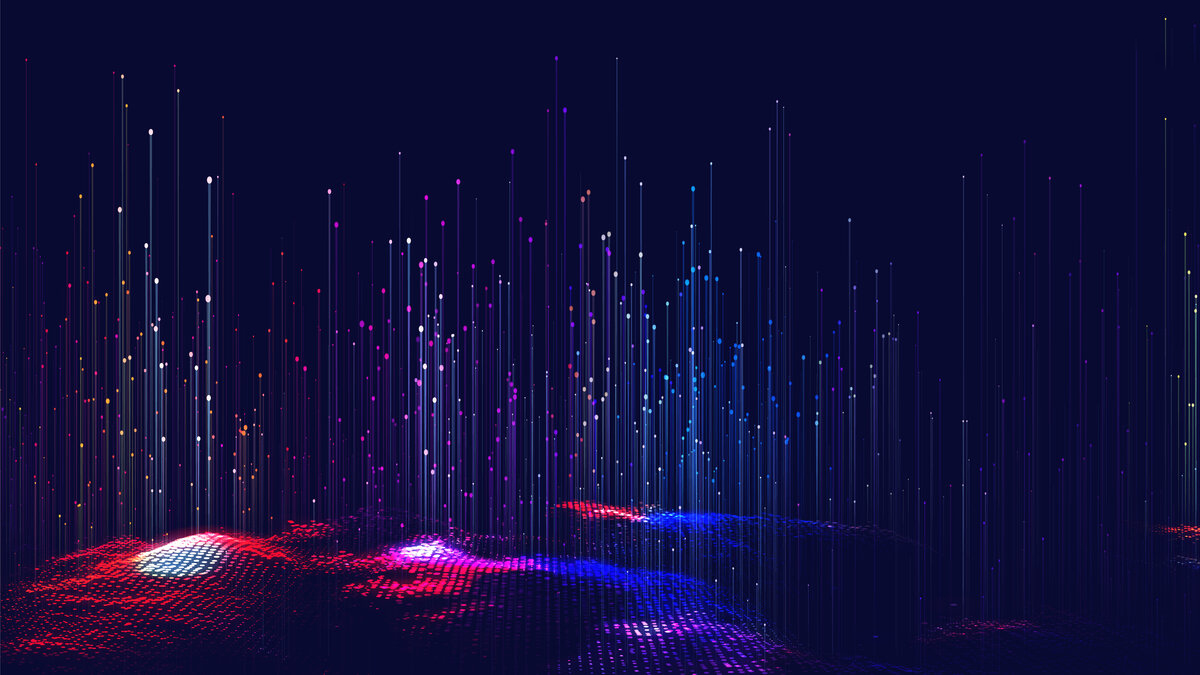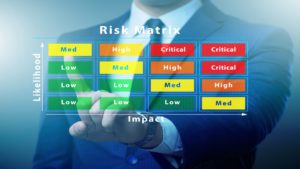What is Data Visualization?
The visual medium is more powerful than any other. Our eyes are more perceptive to colors and shapes and patterns over raw figures and words. Data visualization is a form of visual art that helps us internalize trends and frame a story from data, highlighting only the useful information. Effective data visualization requires a balance between form and function. Data perceptible solely to the expert eyes of data analysts would be of no use to the general audience.
Need for Data Visualizations
A visual synopsis of data makes it more legible than lines and lines of it on a spreadsheet. Identifying patterns and trends is easier if there are visual cues, doesn’t matter even if you can surmise from noisy data. Students pursuing an MBA degree are taught the importance of representing their findings through cool data visualizations. Oftentimes, numbers and figures will not reveal to your boss why should they bank on your information. However, showing them a diagram of how much cash the experiences could save/make them would certainly stand out enough to be noticed.
The Use Of Data Visualization
One is usually driven to picture a bar graph, a pie chart, or a line chart when one thinks of visual representation. While integral, these only form the basics of data graphics. The right data ought to have the right kind of visualization. Simple graphs are just a glimpse. There’s a hoard of visualization methods to present data in a cool and effective way. A few specific examples of data visualizations would be Bubble Cloud, Box-Chart, Matrix, Radial Tree, Steamgraph, TreeMaps, Heat Maps, and similar others.
Read Other Article
Mlflow Vs. Neptune: How Are They Different?
Smart Data Visualizations: Quality Assessment Algorithm
Sustainable Link Building: Increasing Your Chances Of Getting Links!
Changes Over Time
This is, probably, the most common use of data visualization. The reason being that most data depicts a transition over a given period of time; be it growth or decline, profit or loss, progression or regression. As a result, the initial step of data analysis is to study the trends over time.
Determining Frequency
Alongside time, frequency is also another common and equally important use of data visualization in order to determine the rate of occurrence or recurrence of a relevant trend, trait, or habit.
Correlations
How a particular piece of data relates to another is an integral aspect of data visualization. Amidst numbers, it is often difficult to determine the relationship between two variables without a visual representation.
Examining A Network
In Market research, Marketing professionals have to know what kind of audiences to target, which they have to figure out after intense market analysis. Data visualization helps compartmentalize the audience in clusters and determine the links and influencing factors within each cluster.
Analyzing Value And Risk
Evaluating complex ratios such as cost to benefit requires factoring in multiple variables. For more accuracy, color coding data can help visualize better, than just seeing from a spreadsheet.
In order to ensure steady growth for your business, routine data analysis is essential. It sheds light on areas demanding attending and areas that could excel even further. Data visualization is an important part of the analysis process as it renders legibility to important insights that, more often than not, tend to get lost in information noise.




